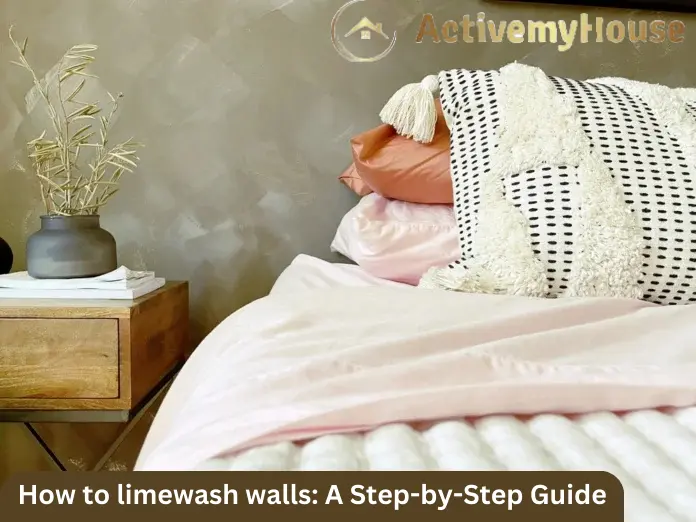Limewash walls have long fascinated me. An age-old method that can change the ambiance of any area, bringing mottled texture and depth that regular paint literally cannot create. However, before delving into this project, I figured it was necessary to prepare myself with the proper knowledge and techniques required for flawless results.
Third, I am super excited to be sharing this complete guide for how to limewash walls. Based on my own research and experience, I’ll lead you through it all from the beginning, from finding out what materials to use to actually applying them for a perfect result.
Whether you are remodeling or decorating the wall for hanging floating shelves, the content provides some confidence and know-how on painting with limewashing. In the hands of ready-room branders like us, limewash will lift your area classically.
What is limewash paint?
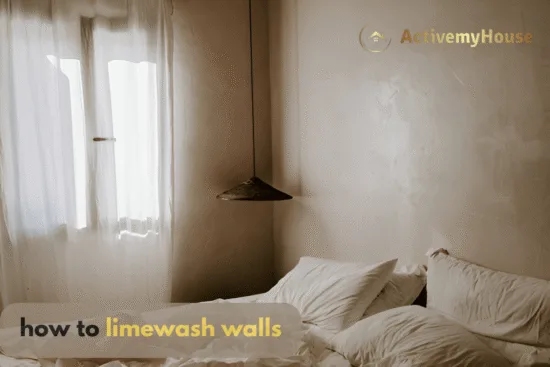
Limewash paint is the modern traditional-like grey house with black trim, a natural kind of paint that is made from limestone slaked in water. This provides a beautiful finish with the unique old-world charm for walls or surfaces.
Which limewash paint brands are popularly known?

It is indeed a difficult thing to find a regular paint brand carrying lime paint. But yes, there are a number of online retailers who can provide limewash paint for interior design. These are some popular types of limewash paint brands in the United States:
- Color Atelier: This is the one I have used in my media room, and it has quality.
- Portola Paints: I know a couple of friends who used this brand, and they seem to like that famous brand.
- JH Wall Paints: Many color options are available, and this one has received good reviews.
- Home Depot: Home Depot has Romabio limewash that is for use outside on brick. Still, some big influencers use it for their interior walls for luxury bedroom interiors.
How to Lime Wash Walls?
Limewash walls have a timeless charm that instantly invites warmth into the room. Follow this brief guide if you want your results to look stunning.
Materials needed for limewash walls
| Materials | Purpose |
| Limewash Product (Paint) | primary ingredient that provides the unique texture and finish |
| Primer | creating smooth, uniform base for limewash |
| Paintbrushes | Flat brushes or block brushes work best for an even |
Select high-quality limewash paint, paintbrushes, and primer for limewash walls to give a stunning look to a house.
Preparing Walls for Limewash
Step 1: Thorough Cleaning

Take down all wall decor, then use spackle to fill and smooth over any minor holes. Quickly wipe down the walls with a damp cloth and mild soap—the walls are clean already, so nothing fancy here. Once you have the surface prepared, put a primer coat over it.
Step 2: Applying the Perfect Primer Base
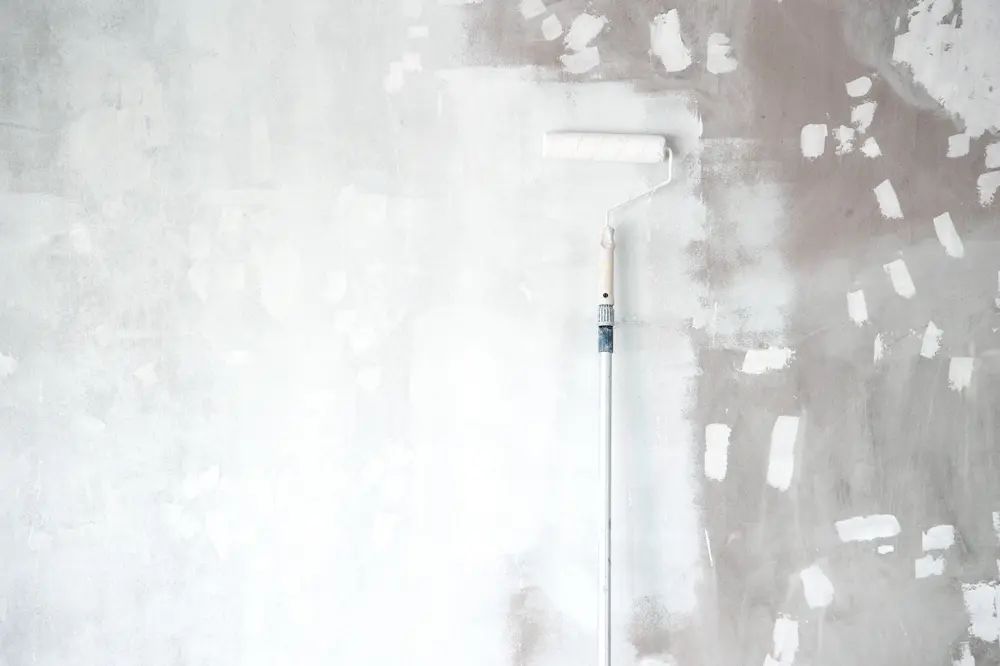
Firstly, you can base it with a primer specifically for limewash finishes. This will allow the limewash to lay evenly and prevent the wall from absorbing too much in one spot. Before limewashing, be sure the primer has dried completely.
Apply limewash to the walls
Step 3: Testing the limewash
It is wise to patch-test an inconspicuous section behind before applying the limewash to the entire wall. This will allow one to judge the color and consistency so that it can be determined whether it is the right hue for the desired effect.
BUT…that burr is from me, and everyone knows that it’s all things with me; no middle ground whatsoever. So yes, I have jumped right in and started layering and tweaking paint as I go along.
Step 4: Mixing the Limewash
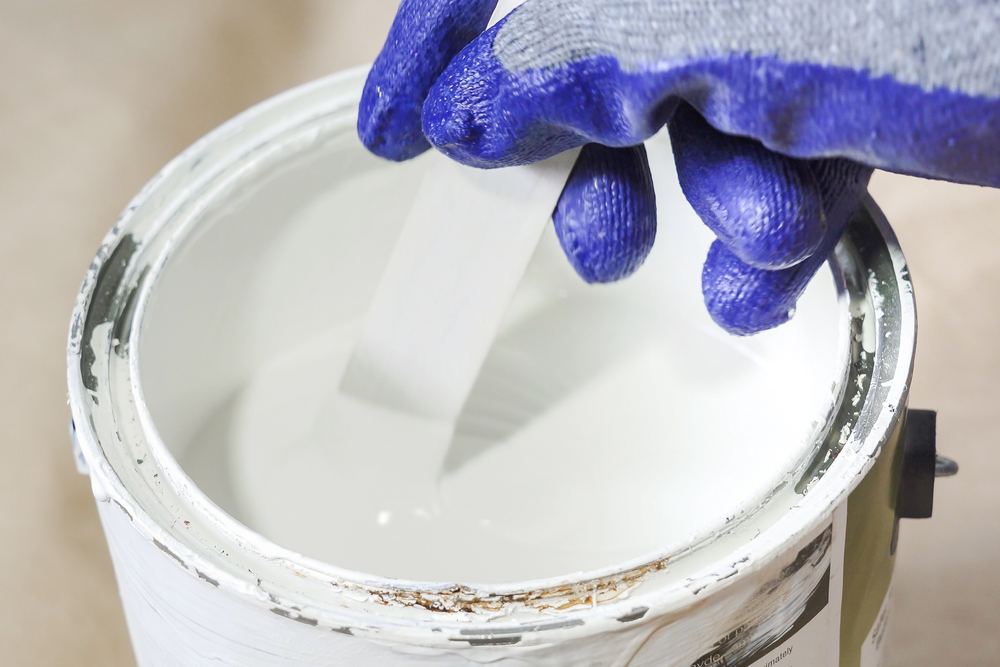
Start with mixing the limewash well in an appropriate container. Apply the instructions on the packet with care and add water at all times in small quantities until you end up with a creamy, lump-free consistency. Keep stirring until it is combined evenly and creamy.
Step 5: Applying limewash with block/flat brush
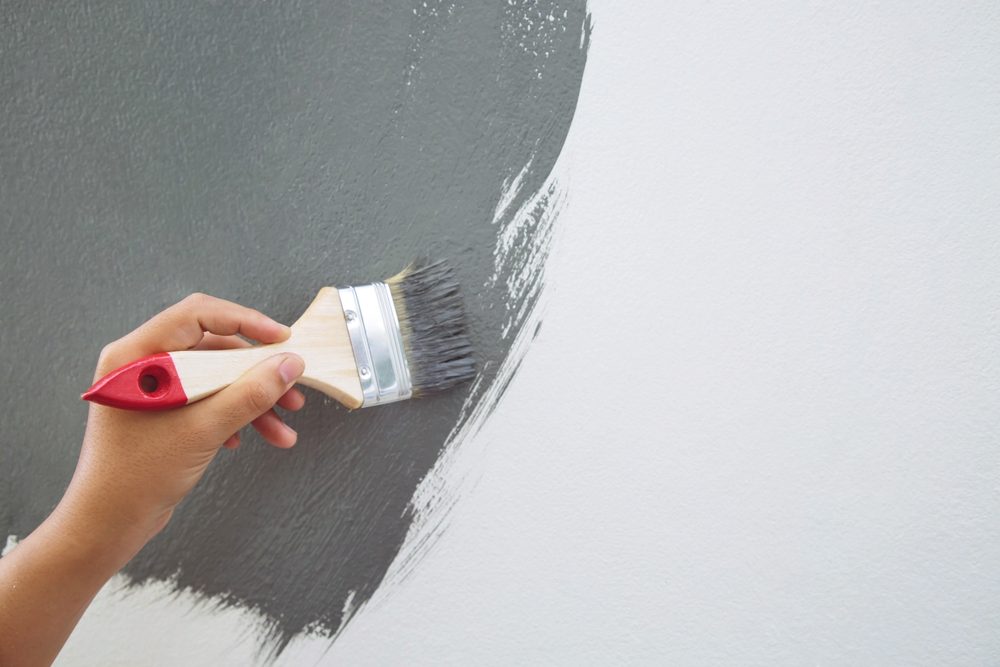
Grab your flat/block brush, dip it in the limewash mixture, & coat the brush well. Brush the limewash in even, long strokes onto the walls in small sections. Fade gently at the boundary of each section. Work the limewash on evenly, using a light hand, and avoid excessive reworking of any one area.
Step 6: Applying another coats
Repeat the same process and apply coats until the requisite opacity and texture are attained.
Step 7: Allowing Drying Time between Coats
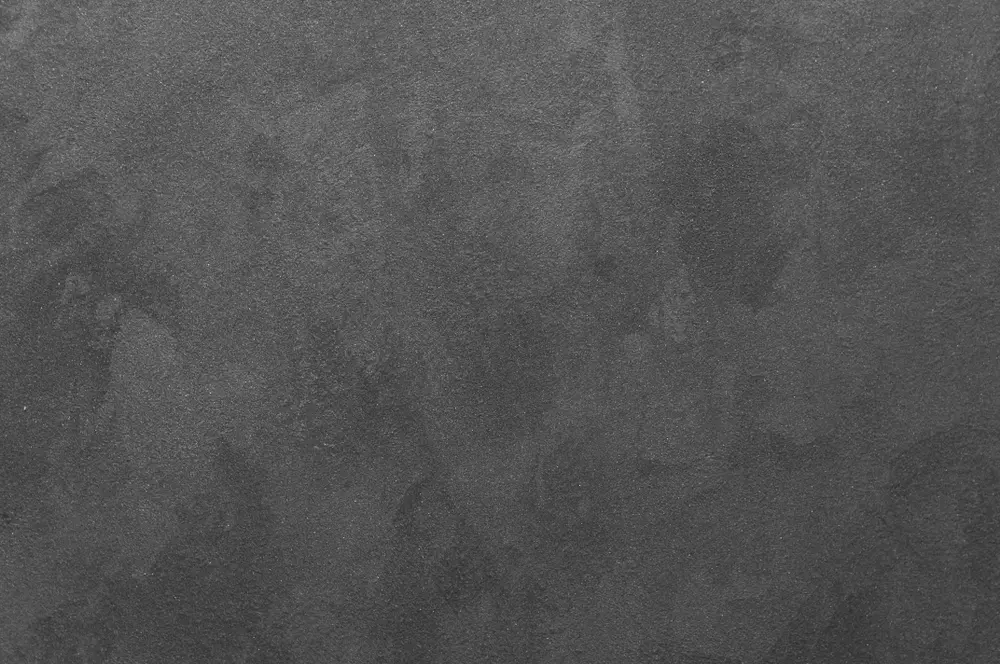
Apply a coat of limewash and wait until each layer dries completely. The drying time may take a couple of hours, even longer depending on the humidity and temperature of a room. The wait is necessary for adhesion and to create that lovely, textured, layered look like wood type. Allow for a full 24 hours between coats for the best results.
Final Touch for Long-Lasting Look
If there are some imperfections that you don’t want to touch, just blend them into those gaps instead of repainting the whole wall. The beauty of limewash walls is their natural, splotchy appearance, so a perfectly uniform finish is not necessary. After finishing, you can add different types of clocks to enhance the beauty.
Before you limewash your wall, ensure it’s clean and free of pests—get rid of gnats for a smooth finish. If you’re short on funds for supplies, consider payday loans to cover the cost.
Conclusion
This guide includes all the information you need to apply limewash and give your walls a beautiful, old-fashioned look. If you put in the proper prep time, prime well, and apply limewash carefully, you end up with something unique that has a great texture. At the same time, you feel from afar how warm and inviting it is. If you clean first as described below and then let each layer dry fully. You can add a console table decor that adds both depth and character to any space.
FAQs about how to limewash walls
What is the process for preparing the walls for limewash?
The secret lies in the wall preparation. The first step is to wipe down the walls and fill in any holes or cracks with spackle. Then apply a primer coat so you have a nice, even, smooth surface for the limewash to stick to.
Is priming required on walls prior to applying limewash?
Should you use a primer type that is made for limewash? It makes a level surface to avoid irregular absorption and facilitate the adhesion of the limewash.
How does limewash differ from Venetian plaster or Roman clay?
Limewash goes on like watered-down paint (like whole milk). It simply brushes across the walls, resulting in a suede patina finish.
Both Venetian plaster and Roman clay have significantly greater body and are troweled on using a putty knife or trowel. Preferably best applied on smooth surfaces, they yield a stone-like finish, either matte or polished.
What is limewash?
The painting techniques actually date back to the Roman Empire and are generally made from limestone crushed, burnt, and mixed with water to produce lime putty, which is then colored with natural pigments.
Is limewash suitable for humid areas like bathrooms?
You can use limewash in humid areas since it is vapor-permeable and mold-resistant. For the ceiling, anti-mold bathroom paint is ideal. But still, ventilate well and have a sealant for extra rigidity
Interesting topics
luxury villas italy le collectionist
How big is an acre?

